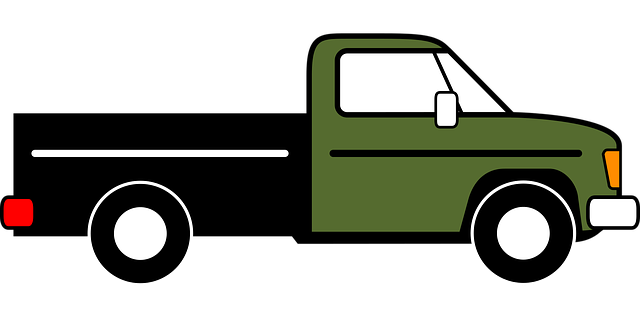Looking to register your car in California? This comprehensive guide walks you through the entire process, from understanding eligibility requirements to paying registration fees. We’ll highlight the importance of gathering essential documents and visiting a DMV office. Learn how to verify your vehicle’s crucial VIN (Vehicle Identification Number) using approved tools. By following these steps, you’ll be on your way to a smooth car registration experience.
- Understand Eligibility Requirements for Car Registration in California
- Gather Necessary Documents for Vehicle Registration
- Visit the DMV and Complete the Registration Process
- Verify Your Vehicle's VIN (Vehicle Identification Number)
- Pay Registration Fees and Receive Your Registration Documents
Understand Eligibility Requirements for Car Registration in California

Before you begin the registration process, it’s crucial to understand the eligibility requirements set by the California Department of Motor Vehicles (DMV). To register a car in California, your vehicle must meet certain criteria. One essential step is ensuring that the vehicle has a valid and accurate Vehicle Identification Number (VIN) that can be verified through a reputable source like the DMV’s vin verifier or a mobile VIN inspection service.
Additionally, you’ll need to have the necessary documentation, such as proof of ownership, current insurance, and completed forms. The process also requires passing an emission test for most vehicles. By fulfilling these requirements, you’ll be well on your way to smoothly registering your car in California using services like a mobile VIN verifier to ensure everything is in order.
Gather Necessary Documents for Vehicle Registration

Before you start the registration process, make sure you have all the required documents. The California Department of Motor Vehicles (DMV) will need a variety of information and proof of ownership to complete your vehicle’s registration. Gather the following items for a smooth registration experience:
1. A valid driver’s license or state ID card.
2. Proof of insurance, which demonstrates that you have the appropriate coverage for your vehicle.
3. The Certificate of Title (or Notification of Purchase if you haven’t received a title yet).
4. A completed and signed Application for Title and Registration form (Form DV-137). You can obtain this from the DMV or download it online.
5. A current, valid emissions test certificate (if applicable).
6. The Vehicle Identification Number (VIN) from your vehicle, which can typically be found on a plate located near the driver’s side door or in the glove compartment. For accurate verification, consider using a mobile VIN verifier to ensure you have the correct information.
Visit the DMV and Complete the Registration Process

Once you’ve gathered all the necessary documents and information, it’s time to visit your local California DMV office. Bring your vehicle along as they will require a physical inspection. A DMV vin verifier is used during this process to ensure the accuracy of the Vehicle Identification Number (VIN) on the car you’re registering. This step is crucial in preventing fraud and ensuring the safety standards of all registered vehicles.
You’ll need to fill out registration forms, providing details about your vehicle, insurance information, and personal data. A mobile vin verifier or a traditional vin inspection might be employed by DMV staff to confirm the vehicle’s history and ensure it meets all legal requirements before completing the registration process.
Verify Your Vehicle's VIN (Vehicle Identification Number)

Before registering your car in California, it’s crucial to verify your vehicle’s Vehicle Identification Number (VIN). This unique 17-character code is a critical component of the registration process and serves as a digital fingerprint for your car. You can confirm the VIN using official tools like a DMV VIN verifier or consider a mobile vin inspection service for added convenience.
A correct VIN ensures that you’re providing accurate information, which is essential for maintaining records with the California Department of Motor Vehicles (DMV). An incorrect VIN could lead to registration delays or even rejections, so it’s worth taking the time to double-check using reliable methods, whether that’s through a traditional vin inspection or a mobile vin verification service.
Pay Registration Fees and Receive Your Registration Documents

After submitting your application, it’s time to pay the registration fees for your vehicle. These fees vary based on the type of vehicle and other factors, so be sure to check with the DMV or use their online fee calculator. You can typically pay by credit card, debit card, or check. Once your payment is processed, you’ll receive your registration documents in the mail. This includes your official registration certificate and a license plate.
For added convenience, many Californians opt for mobile vin verification services. These allow you to conduct a vin inspection remotely using an app. A reliable mobile vin verifier can cross-reference your vehicle’s unique identification number (VIN) with the DMV database to ensure everything is in order before issuing your registration documents.
Registering a car in California involves understanding eligibility requirements, gathering essential documents, visiting the DMV, verifying your vehicle’s VIN using a trusted dmv vin verifier, and paying registration fees. By completing these steps efficiently, you’ll be on your way to securing your vehicle’s registration in no time. Remember to keep all relevant documents organized for future reference.
